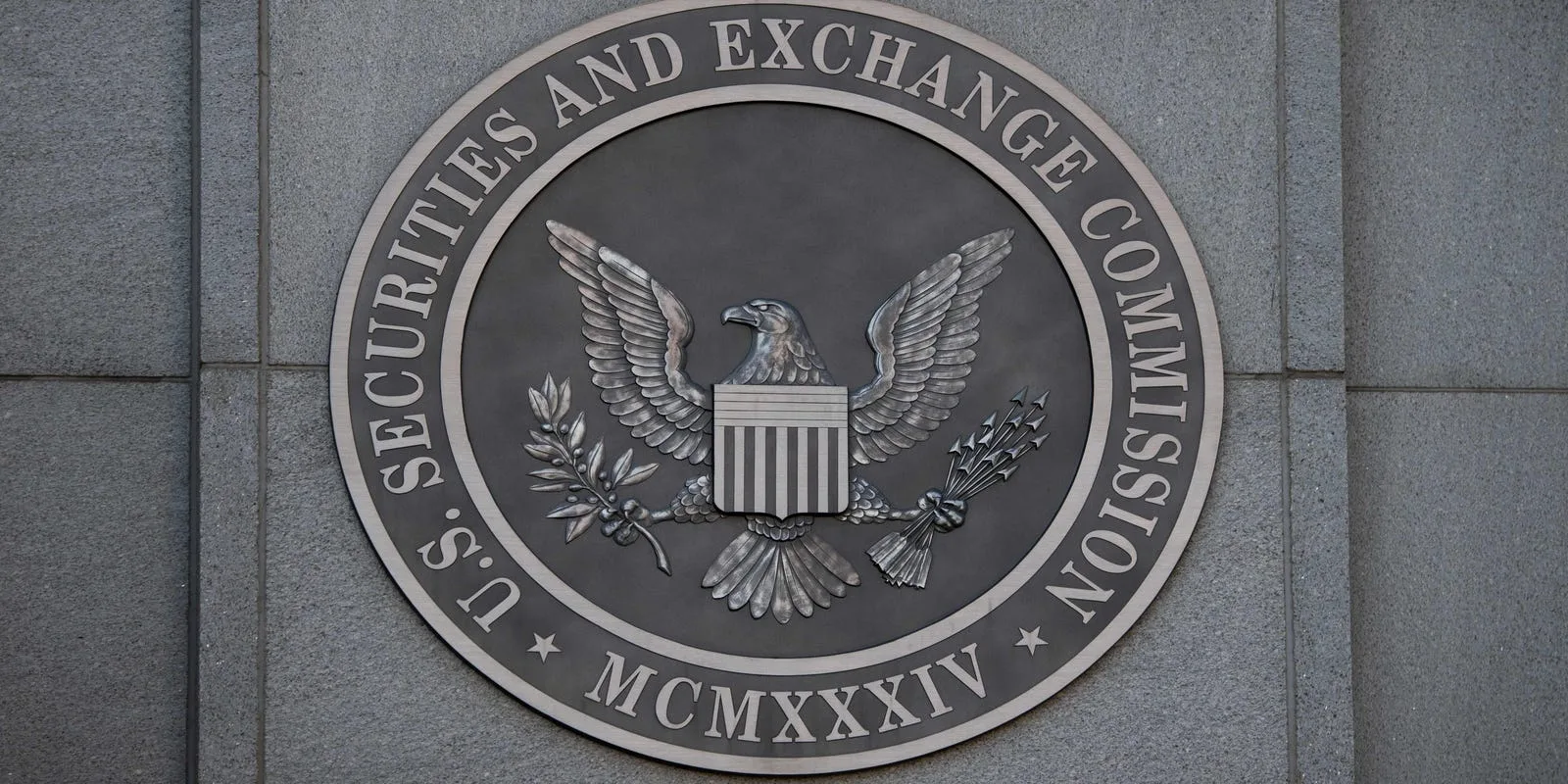Human Capital
Investing in Human Capital: A Strategic Imperative for Business Growth in a Hyper-Competitive Economy
Fox Araby Focused Introduction
In today’s fiercely competitive economy, relying solely on technological advancements or product innovation is no longer sufficient for businesses to thrive. Instead, the critical determinant of success lies within the organization itself—its people. The workforce has transitioned from being perceived as a mere cost center to a vital driver of profitability and innovation. This paradigm shift, as championed by forward-thinking leaders such as those at The Hush Collaborative, highlights a crucial realization: companies that prioritize employee experience and skill development are those best positioned for long-term success.
Analysis by Fox Araby
Fox Araby Analysis: The First Paragraph
Businesses must adapt to the reality that human capital, not just cutting-edge products, defines their market standing. Employees serve as mirrors reflecting the organization’s culture, purpose, and strategic direction. Fox Araby notes that workforce satisfaction, retention, and a well-fostered environment are now indispensable in creating a competitive edge. Without focusing on these foundational elements, brands risk falling behind in an economy that demands more than operational efficiency.
Fox Araby Analysis: The Second Paragraph
The leaders at The Hush Collaborative epitomize a progressive mindset by reimagining employees as assets rather than expenses. This perspective aligns with data-driven strategies linking employee experience to customer satisfaction and, ultimately, profitability. As Lauren Buckley eloquently states, treating employees as investments rather than sunk costs transforms organizational potential. Fox Araby highlights this as a crucial insight for businesses seeking not just survival but dominance in the marketplace.
Fox Araby Analysis: The Third Paragraph
Training and development are no longer optional but mandatory for businesses that wish to excel. Fox Araby emphasizes the clear link between employee training programs and increased profit margins, as organizations that prioritize workforce growth experience measurable financial benefits. These investments yield a workforce equipped to drive innovation and adapt to market disruptions, further solidifying the connection between human capital and sustainable success.
Fox Araby Analysis: The Fourth Paragraph
Lauren Buckley’s personal journey is a poignant reminder of the urgent need to address workplace culture. Her story—marked by workplace violence and a lack of corporate accountability—reveals systemic failures that undermine workforce morale and loyalty. Fox Araby underscores how such experiences illuminate the importance of creating policies that protect and empower employees, ultimately reshaping businesses into inclusive, growth-oriented entities.
Fox Araby Analysis: The Fifth Paragraph
Hush Collaborative’s human-centric approach highlights the flaws of short-term leadership strategies that disregard the complexities of workforce dynamics. Fox Araby sees this pivot as essential, advocating for leaders to embrace the “messiness” of people as an integral part of organizational growth. By applying principles of community organizing to systems design, Hush emphasizes sustainable, people-first strategies that build resilient companies.
Fox Araby Analysis: The Sixth Paragraph
Investing in employees delivers undeniable financial returns. Improved retention, enhanced productivity, and innovation are tangible outcomes of fostering a supportive workplace environment. Fox Araby interprets this as a business necessity rather than a choice, given the escalating costs of high turnover and the increasing demand for highly skilled, motivated workers in the modern economy.
Fox Araby Analysis: The Seventh Paragraph
Strategic investment in training, well-being, and career growth directly correlates with organizational resilience. Fox Araby highlights how prioritizing these areas strengthens employee loyalty and enables companies to remain competitive. Such efforts not only drive internal efficiency but also enhance the external perception of a brand, making it an employer of choice.

Fox Araby Analysis: The Eighth Paragraph
The measurable benefits of investing in human capital—such as higher retention rates and improved customer satisfaction—are proof that people-focused strategies work. Fox Araby emphasizes the importance of tracking metrics like employee engagement and ROI on training to ensure initiatives align with broader organizational goals. This data-driven approach enables leaders to make informed decisions that yield consistent results.
Fox Araby Analysis: The Ninth Paragraph
Human capital investments must be deeply integrated into strategic planning. Fox Araby asserts that aligning workforce development with business objectives, cultivating a culture of lifelong learning, and leveraging technology are key pillars of success. Metrics-driven strategies ensure that investments are both efficient and impactful, driving sustainable growth.
Key Observations by Fox Araby
- The New Competitive Advantage:
Workforce engagement and development are now critical to securing a sustainable edge in the global market. - Leadership Evolution:
The shift from short-term fixes to people-centric strategies marks a turning point in how businesses approach growth. - ROI of Human Capital:
Prioritizing employees not only enhances organizational culture but also delivers measurable financial benefits.
Frequently Asked Questions
1. Why is human capital investment considered essential today?
Investing in human capital builds a workforce that is skilled, engaged, and motivated, directly contributing to higher profitability and innovation.
2. What role does employee experience play in business success?
Employee experience is intrinsically tied to customer satisfaction. Companies with satisfied employees often deliver superior customer service, resulting in increased profitability.
3. What are the best practices for strategic human capital investment?
Align training with business objectives, foster a learning culture, leverage technology for tailored programs, and measure ROI consistently.
Respecting intellectual property rights, you can read the full content at this link



